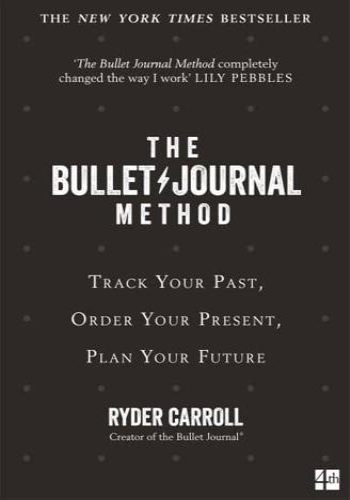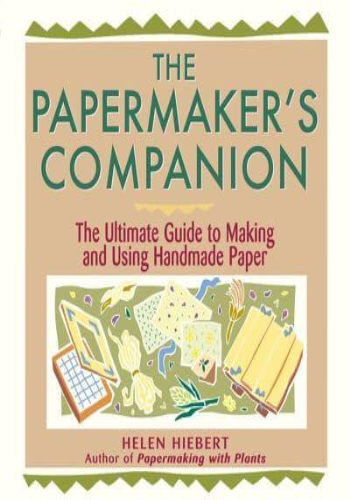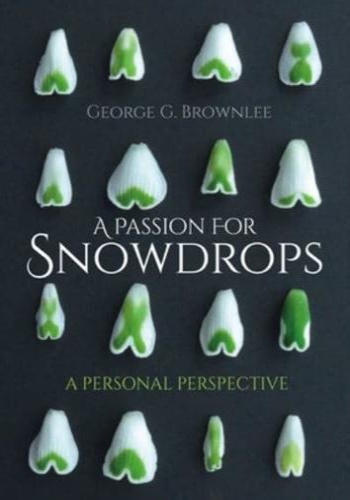Introduction
The Papermaker's Companion is a comprehensive guide to the art and craft of papermaking. It covers a wide range of topics from the history of papermaking to the different types of fibers and additives used in making paper. The book also includes step-by-step instructions and projects for beginners and experienced papermakers alike. With its detailed explanations, beautiful illustrations, and practical tips, this book is an indispensable resource for anyone interested in papermaking.
Chapter 1: The History of Papermaking
The first chapter of The Papermaker's Companion delves into the origins of papermaking. It explains how papermaking began in China around 105 AD and how the craft spread to other parts of the world. The book also discusses the development of papermaking techniques and the different tools and materials used throughout history. To bring this chapter to life, the author shares the story of Cai Lun, the inventor of paper, and his journey in creating the first paper sheets from mulberry bark.
Chapter 2: Fiber and Fiber Sources
The second chapter focuses on the different types of fibers used in papermaking. The book explains the difference between plant fibers (such as cotton, linen, and hemp) and animal fibers (such as silk and wool). It also discusses the characteristics and properties of different fibers, and how they affect the final product. To provide a real-life example, the author explains how she uses recycled cotton t-shirts to make paper, highlighting the importance of sustainability in papermaking.
Chapter 3: Getting Your Fiber Ready
In this chapter, the author covers the preparation of fibers before they can be turned into paper. This includes cleaning, beating, and refining the fibers. The book provides step-by-step instructions on how to prepare fibers using different methods, such as hand-beating and using a Hollander beater. To illustrate the process, the author shares her experience of preparing kozo fibers for her handmade paper project.
Chapter 4: Papermaking Equipment and Your Studio
Chapter 4 covers the essential tools and equipment needed for papermaking, including screens, molds, frames, and drying systems. It also discusses the importance of having a dedicated space for papermaking and offers tips on setting up a home studio. The author also shares her personal recommendations for equipment and tools based on her years of experience in papermaking.
Chapter 5: The Wet End of Papermaking
The wet end of the papermaking process is where the actual formation of the paper sheet takes place. This chapter dives into the techniques of sheet forming, draining, couching, and pressing. The book also covers the importance of timing and consistency in the wet end and shares tips on troubleshooting common issues. To help readers understand these techniques better, the author includes detailed illustrations and diagrams.
Chapter 6: Drying and Finishing Your Paper
Once the paper sheets have been formed and pressed, they need to be dried properly. This chapter discusses different drying methods, such as air drying and using a drying box or press. The book also covers finishing techniques, such as sizing, pigmenting, and laminating, to enhance the look and feel of the paper. The author also shares her suggestions for achieving different textures and effects in the finishing process.
Chapter 7: Fiber Additives and Other Inclusions
In this chapter, the author introduces readers to the world of fiber additives and inclusions. This includes materials such as cotton linters, flax, and herbs, which can be added to the paper to create unique textures and effects. The book also discusses the use of recycled materials in papermaking and the different methods for incorporating inclusions into paper sheets.
Chapter 8: Projects for Using Your Paper
The final chapter of The Papermaker's Companion offers a variety of projects and ideas for using homemade paper. This includes making handmade books, cards, and other paper crafts. The book also provides tips on packaging and storing homemade paper for future use. The author shares examples of her own projects and includes instructions for readers to try them out on their own.
Conclusion
In conclusion, The Papermaker's Companion is a comprehensive guide to every aspect of papermaking. From its history to the techniques and projects, this book provides a wealth of information for anyone interested in this craft. The author's personal experiences and recommendations bring a real-life element to the book, making it an enjoyable read for both beginners and experienced papermakers. With its detailed instructions and beautiful illustrations, this book is an essential resource for anyone looking to explore the world of papermaking.







